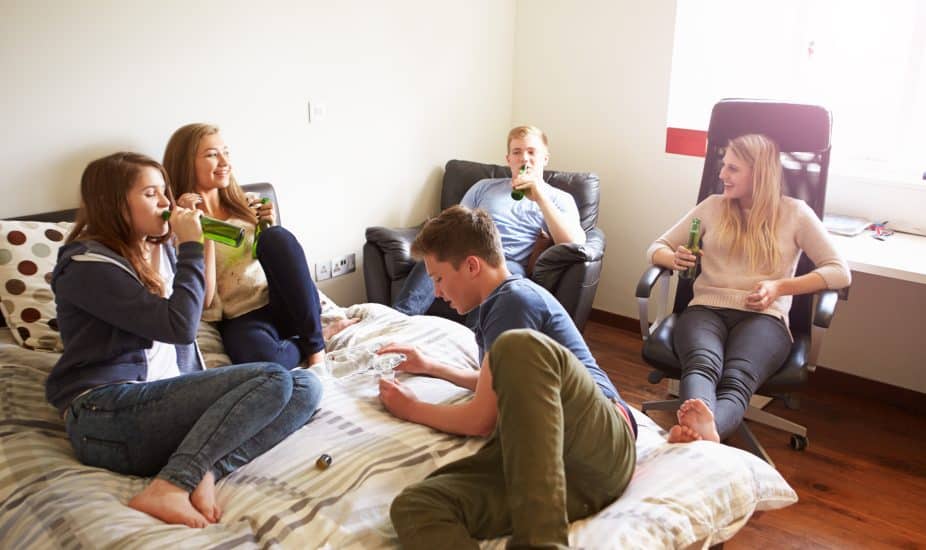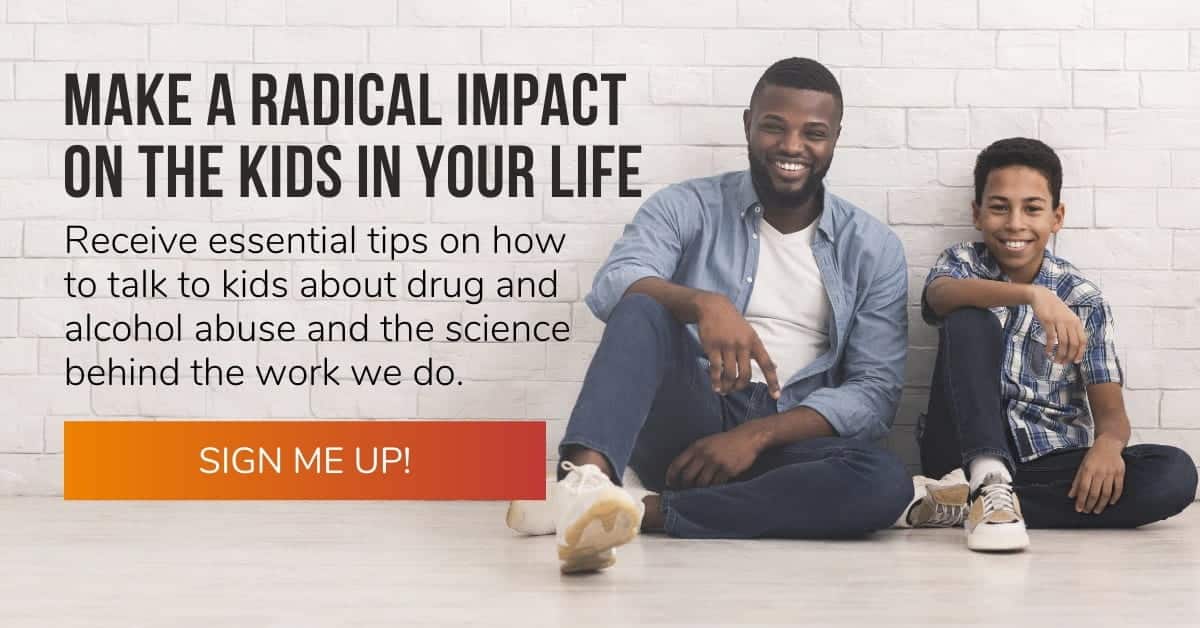Remember those after-school specials back in the day? They were a series of films produced by ABC for kids with dramatic storylines of teens in serious trouble matched with terrible acting and huge plot holes.
That was probably the lesson you got about peer pressure.
Picture a few of the ‘rough kids’ in school circling around another kid at the lockers after school and putting drugs into the kid’s hand and mocking and deriding him until he takes it.
But it turns out, that’s not really how peer pressure works.
The real danger of peer pressure in teenagers is that it happens internally. It’s teens’ desire for acceptance that drives them.
When their peers are present or can observe their behavior, it kicks the reward center of their brain into overdrive
There was an important study from Temple University in 2011, where researchers put fMRI machines at work to observe what happens when teenagers drive in the car with friends. The study found that “the young teenagers ran about 40 percent more yellow lights and had 60 percent more crashes when they knew their friends were watching.” What they discovered helped reinterpret the dangers of teenagers driving with their friends. Previously, we thought friends were a distraction to the driver — making it more dangerous. In fact, inside their brains, the presence of their peers triggers their limbic system to thirst for the pleasant feelings that come from being observed taking risks. In other words, teens do dumb things with their friends not just because they’re dumb, but because they want to impress their friends. They want to feel accepted. They want to fit in.
It’s not just driving that parents need to worry about. It’s also around the use of substances.
Sure, there might be a bullying, aggressive kid who tries to get your kid to drink, vape, or ingest a harmful substance. But, more likely, the danger is inside your kid who longs for acceptance by their peers and who subconsciously craves the feeling they’ll get if they do something risky and their friends know about it.
It makes sense for parents to be concerned. Their reasoning, rational, brain isn’t developed yet. That’s why it’s important to talk through specific scenarios ahead of time with your kids. Before they spend time with their friends, we can offer them scenarios to consider for how they’ll respond. We can even role-play with them to help them decide in advance what they will do in specific situations.
Their desire to fit in and be accepted is a state of anxiety they want to resolve.
Here’s what you can do to help manage peer pressure in adolescence —
- Provide unconditional acceptance and support
- Guide them through specific situations they’re going to find themselves in, and help them to decide in advance how to respond
- Give them parameters to stay within safe environments
- Help them think through the mistakes they make without anger or shame
The more you can practice these with your kids, the better!


